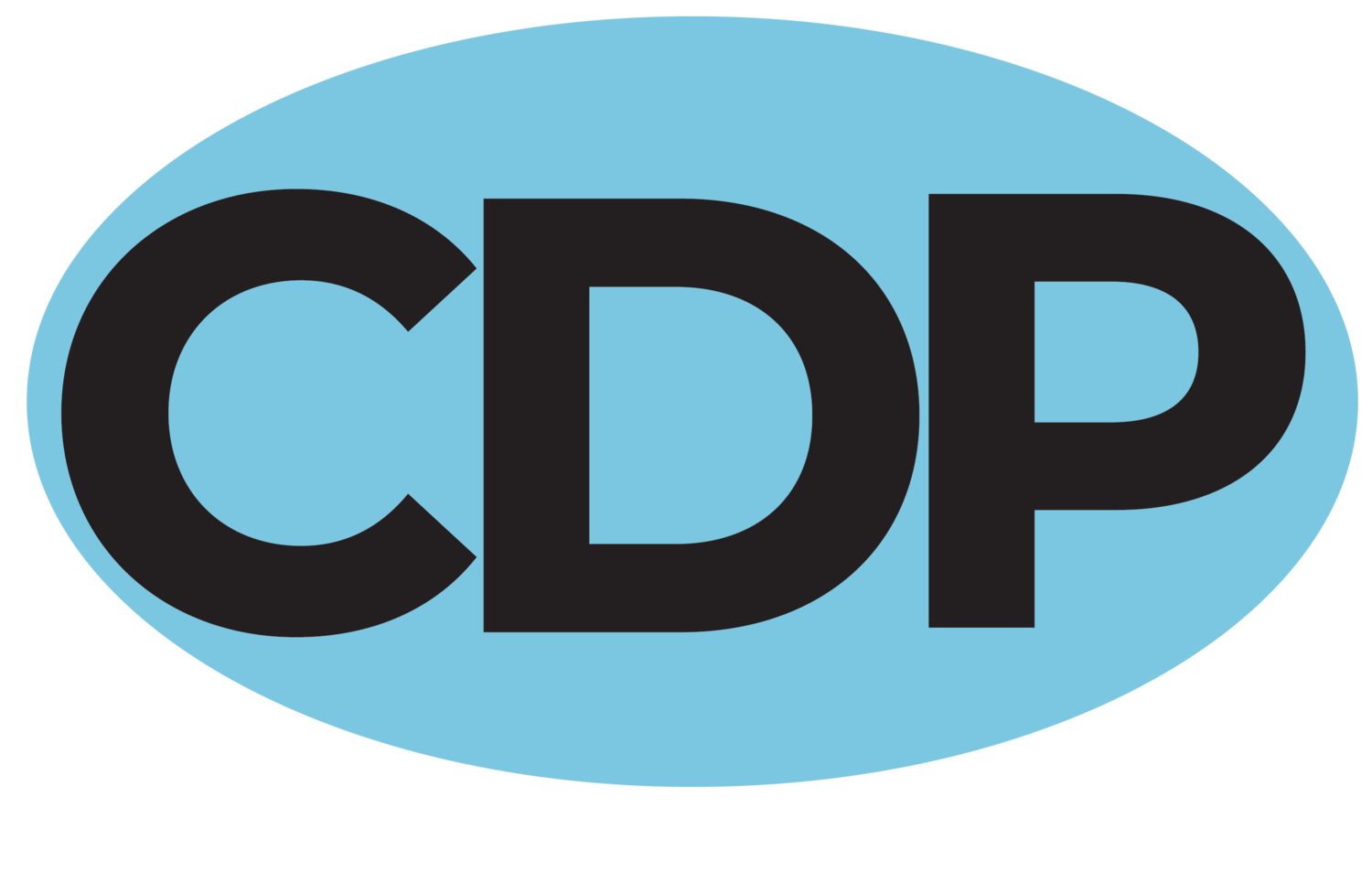Excerpts Series: Running an Effective Meeting
I feel like I say this every time we do a session, but this is one of my favorites! Because when we talk about nonprofits, the kinds of things that get in the way of success and some of those barriers that we run into, Running an Effective Meeting is often a challenging area. I’m excited to walk through this topic with you. Hopefully through this session we’ll be simplifying it and giving you some great take aways that you can apply straight from this training.
So let’s go to the basics: What is a Meeting?
A meeting is really just an assembly of people. It’s bringing people together for a certain reason. It might be for a discussion, it might to make a decision, it might be to oversee something, it could be just for fun or entertainment. It’s really an intentional way of bringing people together to accomplish something.
We know, if we’ve been involved in nonprofits or in business for any length of time, we are all are invited to attend or expected to attend and to participate in meetings.
In the context of this particular session, we really want to hone in on this interpretation: a meeting is a group of people assembled for a common cause, purpose or task.
As we talk about the different purposes of meetings and the different kinds of meetings that we may have, this definition is what we’re thinking about: an intentional, set-aside time for us to talk about or accomplish something around a certain task or a certain purpose.
The Purpose of Meetings
Meetings are used for a number of reasons. Meetings are used to:
Communicate information — we can gather and meet as a communication tool. Getting everyone in the same room at the same time is key. Even a virtual meeting (we’re so familiar with these platforms now whether it’s Go To Meeting or Zoom) or in person, we call a meeting because we need to communicate something. We might even attend a Zoom meeting to learn something or to have something communicated to us.
Meetings can be used to simply inform about certain events, timelines or scheduling needs that might be coming up.
Meetings can be a great way to seek ideas. Getting everyone in the same room, talking to each other, listening to each other and hearing ideas can help us think creatively about how we plan to accomplish a task.
Meetings can be a great place to seek clarification. Nothing is more common to a nonprofit than confusion. We often have different ideas and different understandings. Meetings can be a great way to seek clarification.
Meetings are used to resolve problems. All nonprofits occasionally have issues that come up. Gathering in an adhoc meeting just to focus on a possible problem or to resolve conflict is one way that meetings are effectively used.
We can use meetings to discuss the ways that we are going to do our work, to discuss possibilities for the future or a proposal for doing something differently.
Decision Making — Meetings are used to make decisions. Specifically Board Meetings are a great example. Nonprofits have Boards and Board Meetings are where decisions are made.
Meetings are often used to settle disputes. If a situation arises and there is conflict in the air, getting everyone in the same room can often be the best way of moving towards a resolution with some sort of dispute or conflict.
Types of Meetings
Just as there are many different reasons to have meetings, there are many different types of meetings:
Regular staff meetings — When we (at CDP) use our Organization Evaluation Tool with nonprofits one of the questions we ask is: Are the people who are in the day to day operations of your nonprofit getting together for staff meeting? Do you have a way of gathering in one room, with those involved in different elements of the organization occupying the same space? Staff meetings are critically important.
Board Meetings & Committee Meetings — Boards often have committees, so Committee Meetings are very much a regular part of the life of a nonprofit.
We also have Community Meetings — reaching out into the community to make connections and get their input. These meetings include all of the reasons we talked about above, for instance, informing the community, communicating something we’re doing and/or getting community input. Community Meetings are very common and are really underutilized with a lot of nonprofits. We don’t really connect in to the community the same way we see some of our government entities doing. Community Meetings can be a great way for nonprofits to connect and feel the pulse of what’s happening in their community.
Other types of meetings are Project Meetings. We might all be involved in one particular kind of project within our nonprofit that requires a meeting or maybe multiple meetings. These meeting would be separate from a Board Meeting or even a Committee Meeting as these meetings revolve around a specific project.
Client Meetings — Having meetings with people that we serve or organizations that we may partner with to serve our community.
All of the above are meetings — all a little bit different — all with a little different purpose — but all of them are important in the life of a nonprofit.


